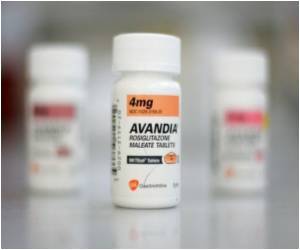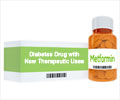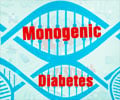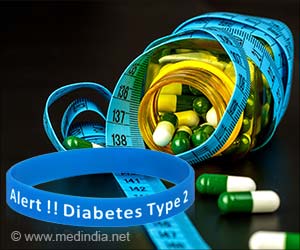
In fact, this analysis found a lower combined rate of death, heart attack and stroke associated with patients taking rosiglitazone compared with those who were not taking a thiazolidinedione drug (rosiglitazone or pioglitazone).
"As a result of the questions raised by the meta-analysis in the New England Journal and certain other studies, some have cautioned that rosiglitazone should not be used in patients with coronary heart disease and diabetes," said Dr. Richard G. Bach, a Washington University researcher.
"Our data carefully examine use of rosiglitazone in a large cohort of patients with established coronary artery disease and suggest that treatment with rosiglitazone was not associated with an increased risk of ischemic cardiovascular events, like heart attack and stroke, and in a number of analyses it was associated with a lower rate of those events," he added.
To address the cardiovascular disease, patients in BARI 2D were randomly assigned to receive intensive medical therapy plus revascularization treatment (such as angioplasty or bypass surgery) or intensive medical therapy alone (with the possibility of revascularization treatment later if their symptoms did not improve).
To address diabetes, the same patients were randomly assigned to receive either insulin-providing drugs (such as insulin itself) or insulin-sensitizing drugs (such as rosiglitazone or another drug, metformin).
Advertisement
Compared with patients not receiving a TZD, those who did take rosiglitazone showed a 28 percent lower combined rate of death, heart attack and stroke.
Advertisement
Rates of heart attack and death on their own showed no significant difference between those who took rosiglitazone and those who did not. In line with other studies, rosiglitazone was associated with increased risk of bone fracture, especially in women.
While these results support rosiglitazone's safety in patients with existing heart disease.
"It's not a pure randomly assigned trial of rosiglitazone versus a different drug," Bach said.
"Our post-trial analysis compared patients treated with rosiglitazone to patients not receiving any TZD drug. That included patients in both arms - the insulin-providing and insulin-sensitizing arms," he said.
Like many diabetes drugs, rosiglitazone's FDA approval in 1999 was based on the fact that it improves glucose control, explained Bach.
"We also have to be very careful about any additional adverse consequences or side effects of those drugs. "We're always balancing risk versus benefit. Our particular data do not suggest that harm exceeds the potential benefit for rosiglitazone in patients with diabetes and established coronary artery disease," he added.
The study was presented at the American Diabetes Association's Scientific Sessions in Orlando, Fla.
Source-ANI















